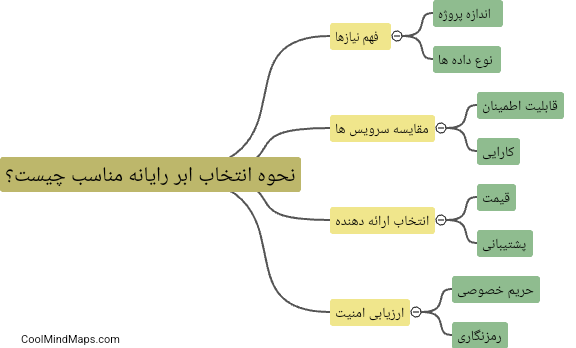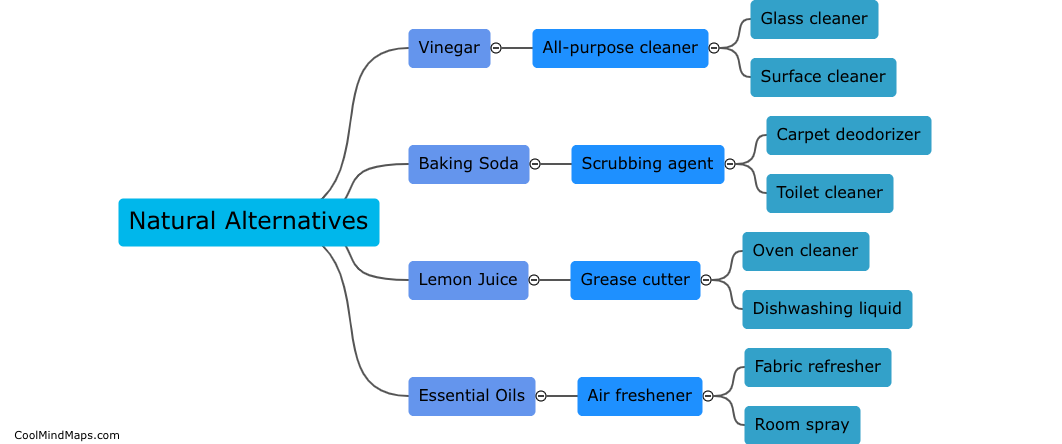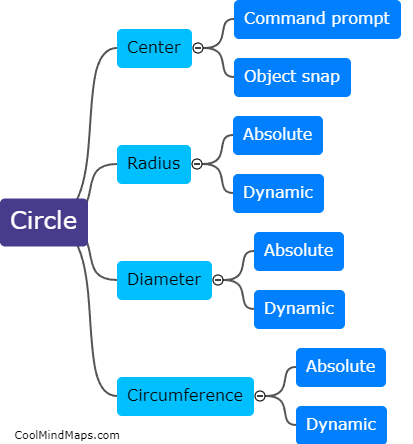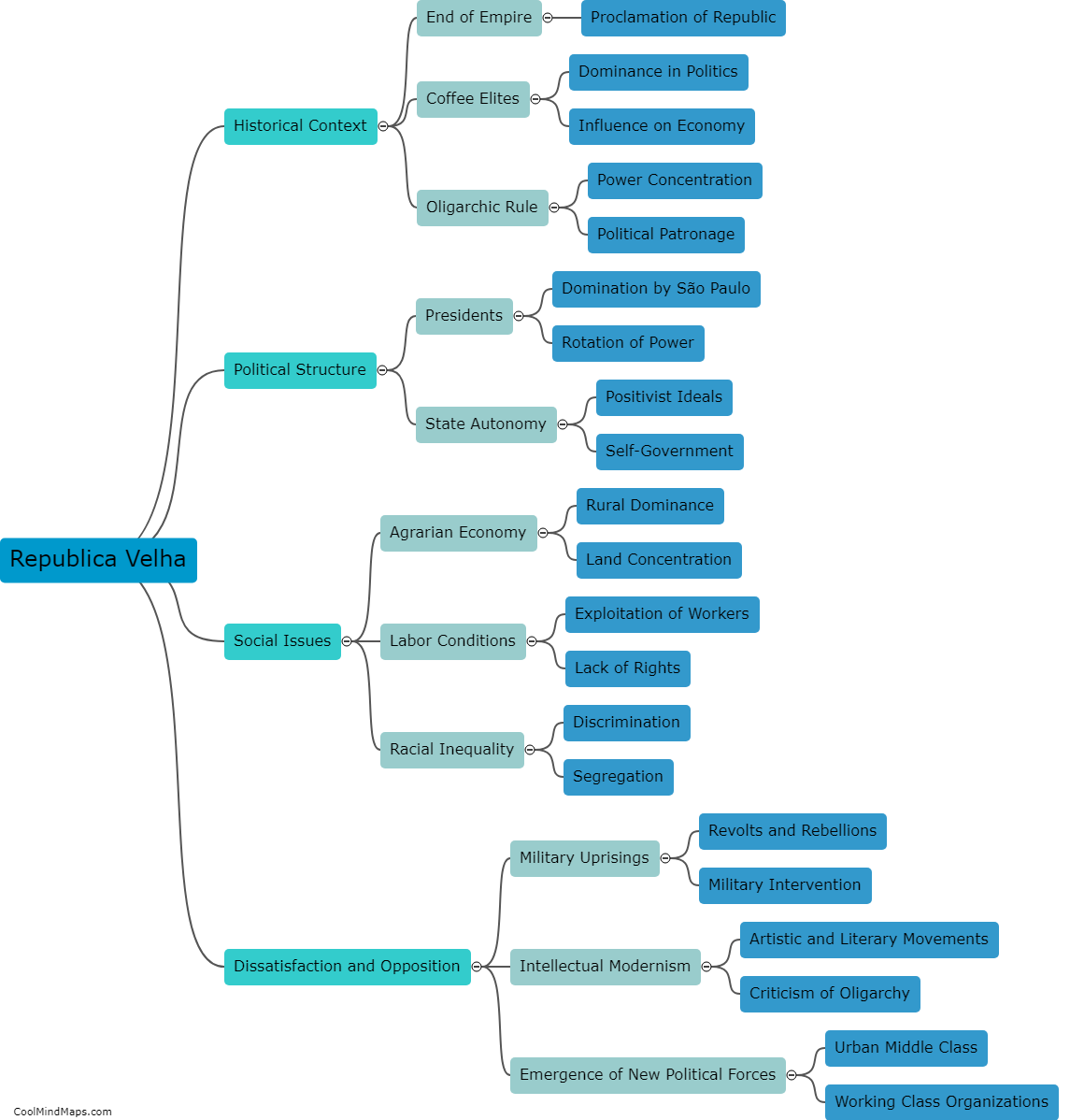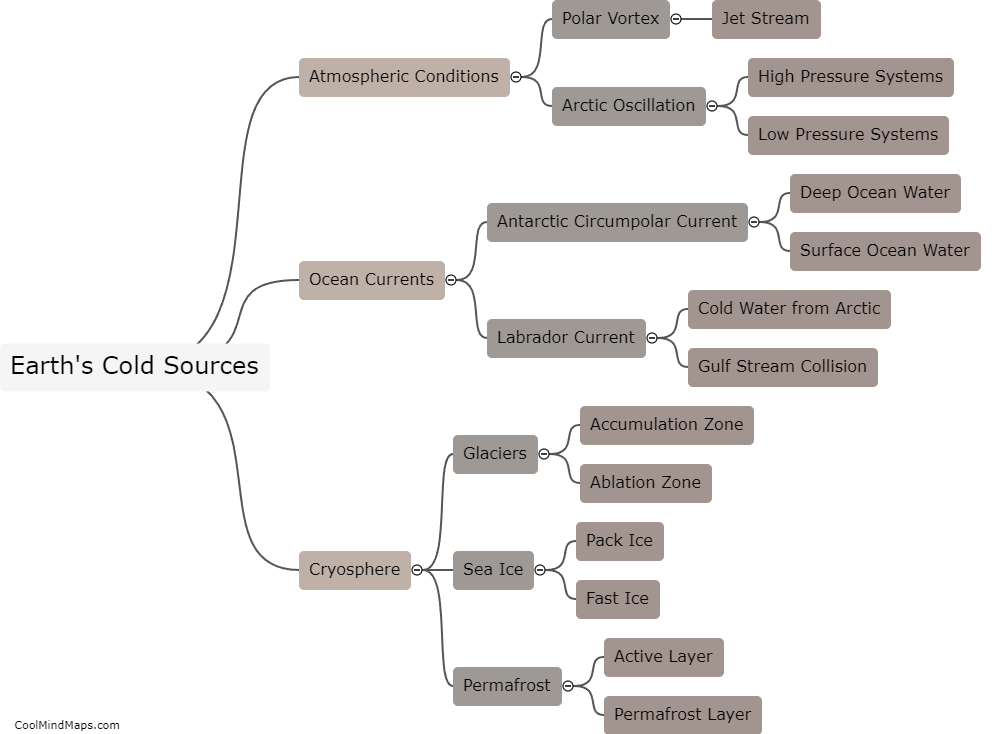What are the key components of a wildlife identification drone?
A wildlife identification drone typically consists of several key components that allow for effective monitoring and identification of various animal species. Firstly, drones are equipped with high-resolution cameras or thermal imaging sensors, which capture detailed images or detect heat signatures respectively. This visual data enables researchers to accurately identify and track specific wildlife populations. Additionally, such drones are often equipped with GPS systems and advanced navigation technology to ensure precise positioning and efficient surveying of large areas. Furthermore, sophisticated image processing software is integrated into the drone system to automatically analyze and identify species based on visual patterns or signatures. Lastly, long battery life and durable construction are essential components to enable prolonged flight time and withstand outdoor and wildlife environments. These key components collectively support the vital role of wildlife identification drones in conservation efforts and enable researchers to better understand and protect endangered species.

This mind map was published on 3 August 2023 and has been viewed 138 times.
